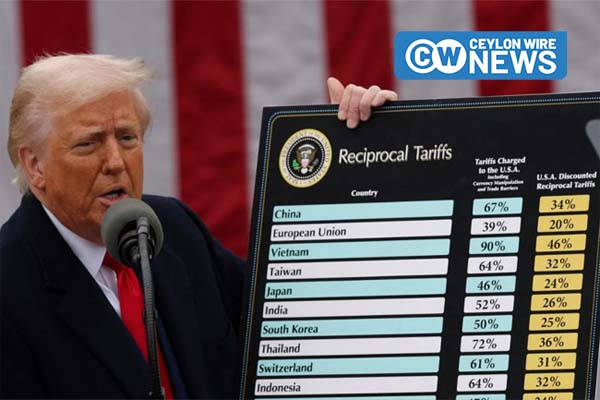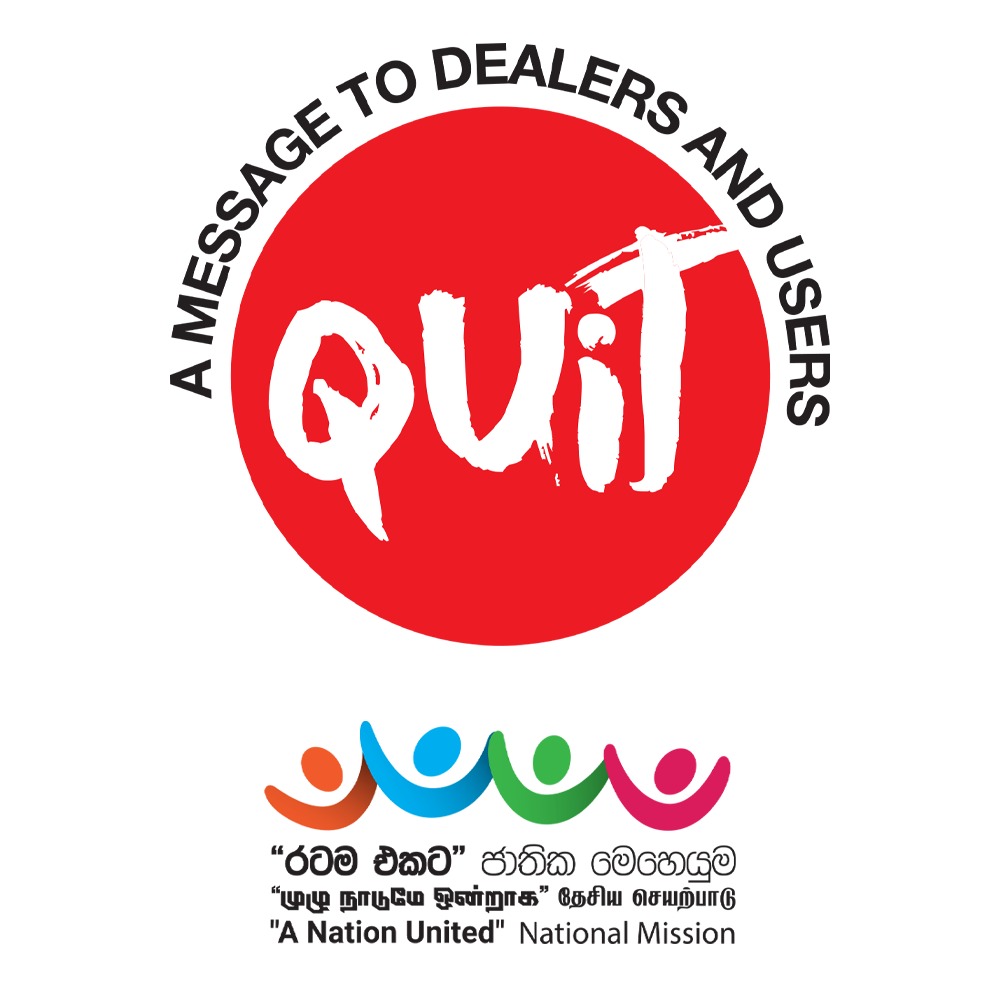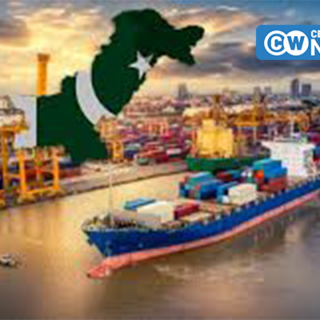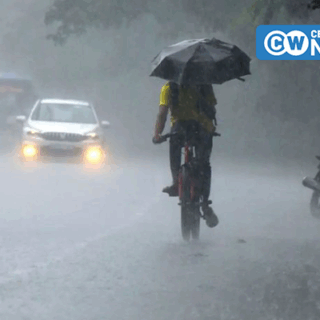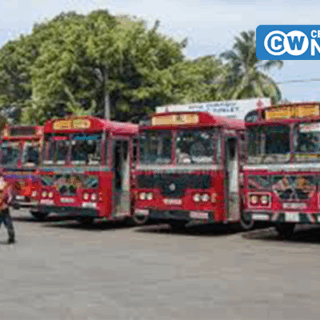U.S. President Donald Trump’s decision to impose a 30% reciprocal tariff on imports from Sri Lanka will come into effect on August 1, 2025, raising alarm within the country’s export sector.
The tariff, initially announced in April at 44%, was revised in a letter sent by President Trump to Sri Lankan President Anura Kumara Dissanayake on July 10. The revised rate marks a 14 percentage-point reduction but remains significantly higher than what Sri Lanka had lobbied for.
In addition to the new 30% tariff, an existing 10% duty on Sri Lankan exports will continue, effectively bringing the total U.S. tariff burden on Sri Lankan goods to 40%.
At a special press briefing held on July 10, Finance Ministry Secretary Dr. Harshana Suriyapperuma and Central Bank Governor Dr. Nandalal Weerasinghe confirmed that diplomatic efforts are still ongoing to seek further reductions.
The development poses a major challenge to Sri Lanka’s export-driven economy, particularly its apparel sector, which accounts for a significant portion of the country’s $12.8 billion in total exports, with the U.S. absorbing approximately $3 billion—or 27%—of that total.
Economist and University of Colombo lecturer Umesh Moramudali underscored the urgency of strategic diversification in the face of rising competitive pressure.
“Sri Lanka is competing in the apparel sector with countries like Vietnam, Bangladesh, and several African nations where wage levels are much lower,” Moramudali noted. “Compared to Bangladesh, for instance, the relative price advantage they offer is significantly higher than ours. This underscores the importance of diversifying both our export products and destination markets.”
He warned that failing to adapt could leave Sri Lanka increasingly vulnerable in global trade, especially under tightened tariff regimes from key markets such as the U.S.


